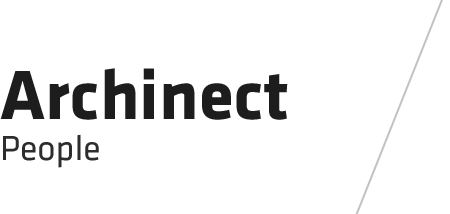
The spate of recent wildfire activity in the western United States (and significant property losses) has drawn attention to what ecologists have said for years about increasing temperatures and longer periods of drought: Greater frequency and intensity of record-setting wildfires correlates to decades of forestry mismanagement practice, unprecedented growth into the wildland-urban interface (WUI), and increasing seasonal temperature due to climate change. With a holistic approach to landscape design and maintenance, material selection, and architectural design, we can reduce the vulnerability of structures in areas prone to drought and wildfire activity. Understanding wildfire behavior, use of heat-resistant materials, and application of “firewise” details are crucial to the design of fire-resistant communities. Architects, engineers, and urban planners are the decision-making agents who can revolutionize a radically new approach to WUI communities.
Focusing my research on the southern most residential community of the WUI in Colorado Springs, Colorado, I have applied lessons learned from the two largest conflagrations in the city’s history: Waldo Canyon Fire in July 2012, and Black Forest Fire in June 2013. The Colorado Springs Office of Emergency has conducted years of research in wildfire disaster mitigation. In the long term, the solution for a more absolute mitigation policy rests largely with code revisions based on “firewise” design and materials (currently in effect). In the short term, the solution to a better mitigation policy rests with community action and education. A “firewise” community center, focused on wildfire mitigation outreach and education for homeowners is my final recommendation for achieving a better understanding of wildfire behavior and a higher level of community preparedness.
Status: School Project
Location: Colorado Springs, CO